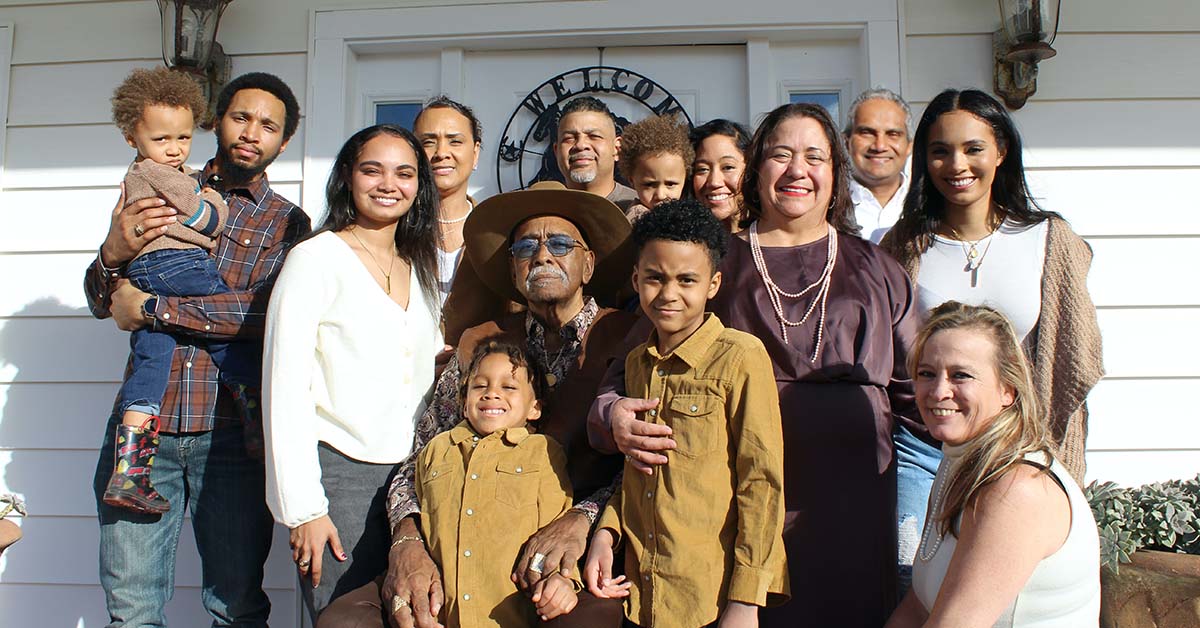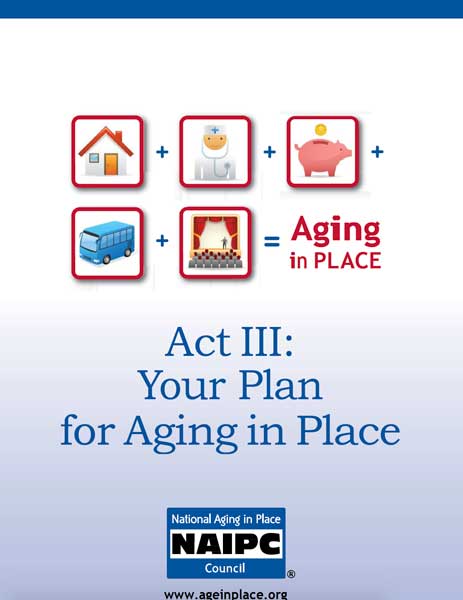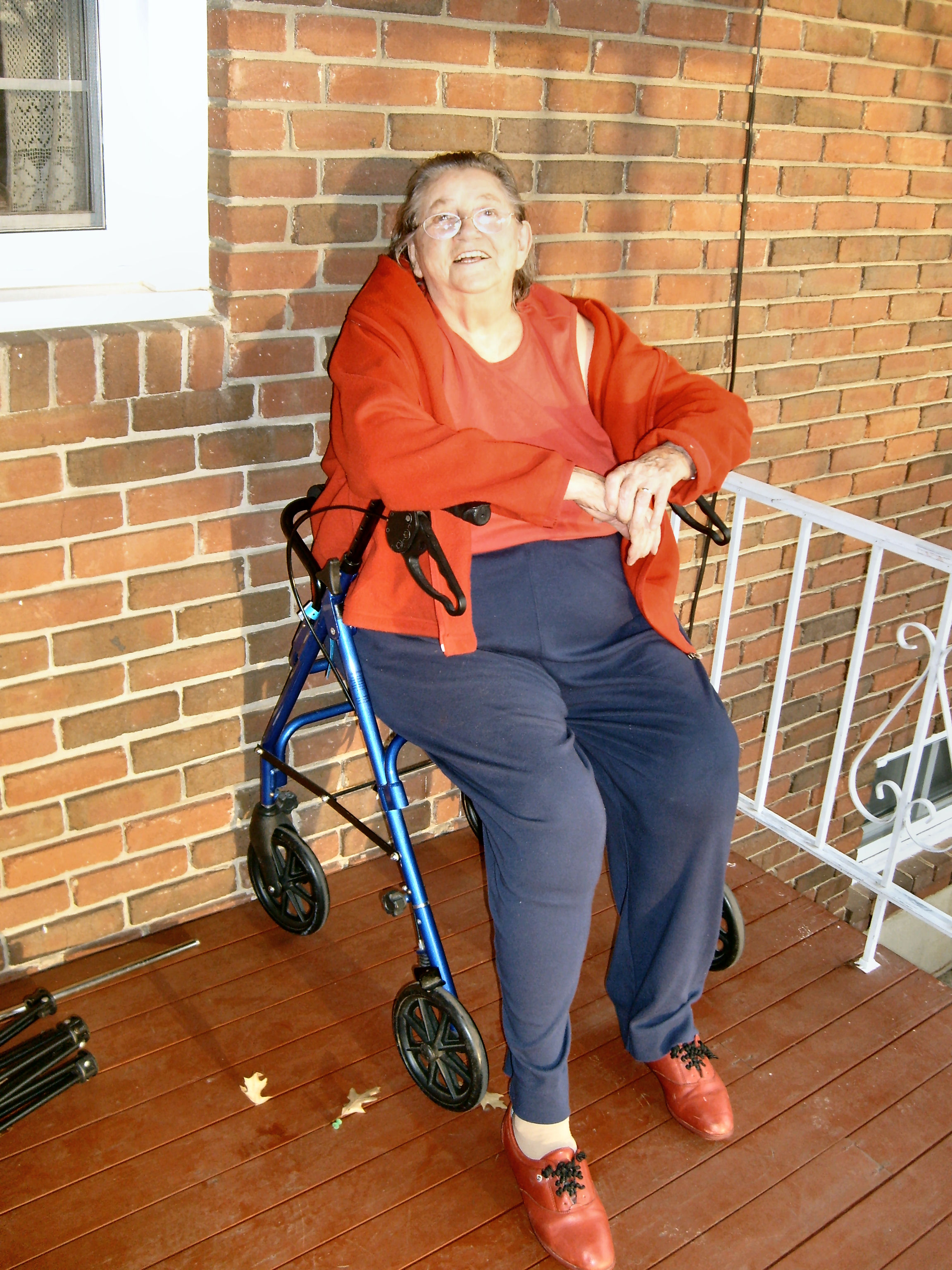Multigenerational Housing is back in a big way. Multigenerational households contain three or more generations under one roof or skip a generation, such as grandparents raising their grandchildren without the parents being present.
An estimated 67 million Americans, comprising one in four adults over the age of 18 currently live in a multigenerational household. This represents a 271% increase over the last ten years.
Webinar: How to Best Retrofit a Home for Multigenerational Living
Wednesday, October 6, 2021 | 2:00 PM – 3:00 PM ET
LEARN MORE + REGISTER
Several factors have contributed to this increase:
- Economic conditions such as job loss or retirement savings being insufficient has been a major contributing factor in many of these cases.
- Increased apprehension about senior living facilities is another factor leading to an increase in multigenerational households.
- Immigration of people from cultures where multigenerational living is more common is another factor driving this increase.
Regardless of the reasons that multigenerational living is increasing, the arrangement offers many benefits. There are also some challenges and pitfalls to watch out for when contemplating entering into a multigenerational living arrangement.
For most of our history, multigenerational living was the prevailing living arrangement for most households. Prior to the industrial revolution, there were no retirement benefits and most people never ventured more than 50 miles from the place of their birth. Families were tight-knit and took care of their family members throughout the course of their lives. The TV show The Waltons represented a way of life that was the rule rather than the exception.
After World War II, families became more mobile, frequently moving across the state or across the country to pursue work opportunities. The rise of company pensions, retirement savings, and Social Security lead to more seniors having the financial means to support themselves in retirement.
During the period from 1940 to 1980 the percentage of Americans living in multigenerational housing fell by 50%.
Now, due to factors including those mentioned above, the number of multigenerational households is increasing again. The more things change, the more they remain the same!
Benefits of Multigenerational Living
There are several benefits to multigenerational living. Certainly, the financial benefit is a major incentive for many of these households. Combining the income and financial resources of several generations makes it easier to make ends meet.
Improved relationships between family members are another great benefit. The wisdom that younger generations gain from their elders and the enthusiasm and vitality that the older generation gains from being around young people is a vital part of society that we lose when the young and the old are sequestered from each other.
The extra resources that are available for caregiving is another benefit.
Challenges of Multigenerational Living
There are also challenges and potential pitfalls that can accompany multigenerational living. Probably the most common one is the need to ensure that everyone has some level of privacy and some personal space that they can retreat to when required.
Having open communication and the ability and willingness to address and resolve conflicts is vital to making multigenerational living work. No matter how much you love your extended family, there need to be healthy boundaries in place to preserve everyone’s sanity. You may not have enough room in your existing home to accommodate multiple generations under one roof.
Often families considering multigenerational living will consider adding an addition to create more living space for additional family members. Oftentimes adding a bathroom, a second laundry room, or a second kitchen can make all the difference in having the room to accommodate a multigenerational household.
If you are living in a multigenerational household and experiencing growing pains or are contemplating such an arrangement, give us a call at 540-384-2064. We can help.
Webinar: How to Best Retrofit a Home for Multigenerational Living
Wednesday, October 6, 2021 | 2:00 PM – 3:00 PM ET
LEARN MORE + REGISTER



